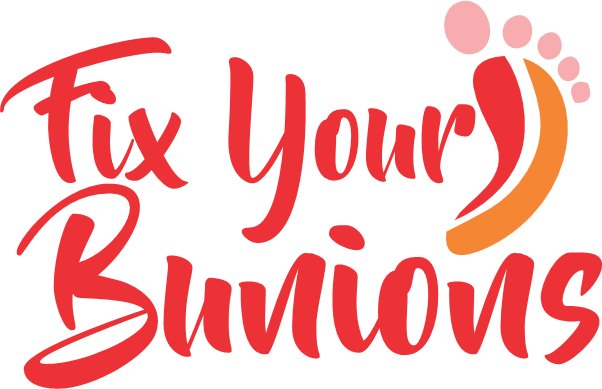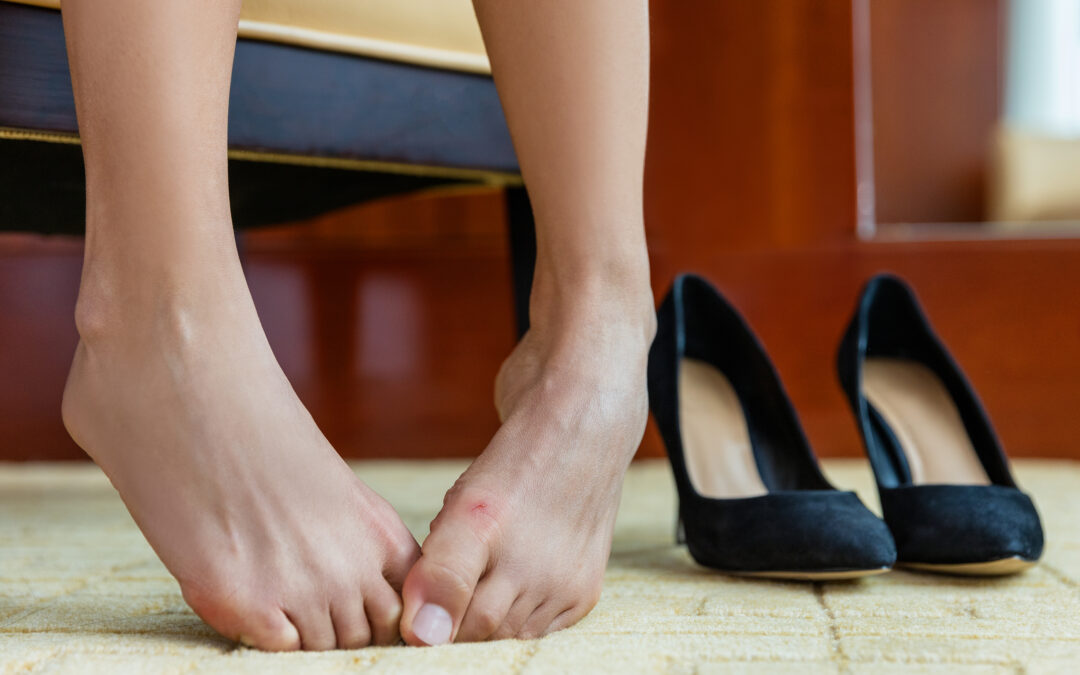Choosing the right footwear is one of the most important steps in managing bunion pain and preventing further progression. The wrong shoes can exacerbate pain, while the right pair can provide relief and even help slow the development of bunions. Here’s a guide to understanding the best footwear for bunion prevention and pain relief.
Why Footwear Matters for Bunions
Bunions form when the joint at the base of the big toe becomes misaligned, leading to a bony bump on the side of the foot. Tight, narrow, or ill-fitting shoes can worsen this misalignment by increasing pressure on the joint. Proper footwear helps alleviate this pressure, reduce pain, and support better foot alignment.
Features to Look for in Bunion-Friendly Shoes
1. Wide Toe Box
- Why it’s important: A wide toe box gives your toes room to spread naturally, reducing crowding and pressure on the bunion.
- Tip: Avoid shoes that taper at the front or have a narrow fit.
2. Low or No Heels
- Why it matters: High heels force the foot forward, putting excessive pressure on the forefoot and exacerbating bunion pain.
- Recommendation: Choose shoes with a heel height of 1 inch or less.
3. Cushioned and Flexible Soles
- Benefit: Cushioned soles absorb shock and reduce the impact on the foot while walking.
- Flexibility: Look for shoes with flexible soles that allow for natural foot movement.
4. Arch Support
- Purpose: Proper arch support helps distribute weight evenly and minimizes pressure on the bunion.
- Tip: Consider orthotic insoles for added support.
Recommended Types of Footwear for Bunions
1. Athletic Shoes
Athletic shoes often provide the ideal combination of support, cushioning, and a wide toe box.
- Best for: Walking, running, and general daily wear.
- What to look for: Lightweight materials, breathable mesh, and removable insoles for customization.
2. Sandals with Adjustable Straps
Sandals with adjustable straps allow for a customized fit that won’t squeeze the bunion.
- Benefit: Straps can be adjusted to reduce pressure on the affected area.
- Tip: Look for sandals with cushioned footbeds and arch support.
3. Slip-On Shoes with Stretchable Uppers
Stretchable uppers can accommodate the bunion without causing friction or discomfort.
- Ideal for: Casual outings and everyday use.
- Why they work: Flexible materials mold to the shape of your foot.
4. Orthopedic or Bunion-Specific Shoes
These shoes are designed specifically to address bunion pain and provide maximum comfort.
- Features: Wide toe boxes, padded interiors, and built-in arch support.
- Where to find them: Specialty footwear stores or online retailers.
Shoe Brands Known for Bunion-Friendly Designs
1. Vionic
- Why it’s recommended: Vionic offers shoes with built-in orthotic support and wide toe boxes.
- Best picks: Sneakers, flats, and sandals designed for foot health.
2. New Balance
- Why it’s recommended: Known for wide-width options and cushioned athletic shoes.
- Best picks: Walking and running shoes with ample support.
3. Clarks
- Why it’s recommended: Clarks provides a variety of stylish yet comfortable footwear options.
- Best picks: Casual and dress shoes with padded soles and arch support.
4. Birkenstock
- Why it’s recommended: Famous for its contoured footbeds that promote natural alignment.
- Best picks: Sandals and clogs with adjustable straps.
How to Ensure a Proper Fit
1. Measure Your Feet Regularly
- Foot size can change over time, especially as you age. Measure your feet annually to ensure you’re wearing the correct size.
2. Shop for Shoes in the Afternoon
- Feet tend to swell throughout the day, so shopping in the afternoon ensures a better fit.
3. Test for Comfort
- Walk around the store to ensure the shoes don’t pinch or rub against the bunion.
- Make sure there’s enough space between your toes and the front of the shoe.
Protective Solutions: Flipping Bling Bunion Covers
Even with the right shoes, additional protection can enhance comfort. Flipping Bling bunion covers provide a stylish way to cushion and protect your bunion while wearing sandals or open-toed shoes.
- Why they work: Reduce friction and pressure on the bunion.
- When to use: Daily, especially with shoes that might cause minor irritation.
Conclusion
Wearing the right footwear can make a significant difference in managing bunion pain and preventing further progression. Look for shoes that offer a wide toe box, proper arch support, and cushioned soles, and consider additional protective solutions like Flipping Bling bunion covers. By prioritizing comfort and support, you can reduce bunion pain and maintain an active, pain-free lifestyle.

